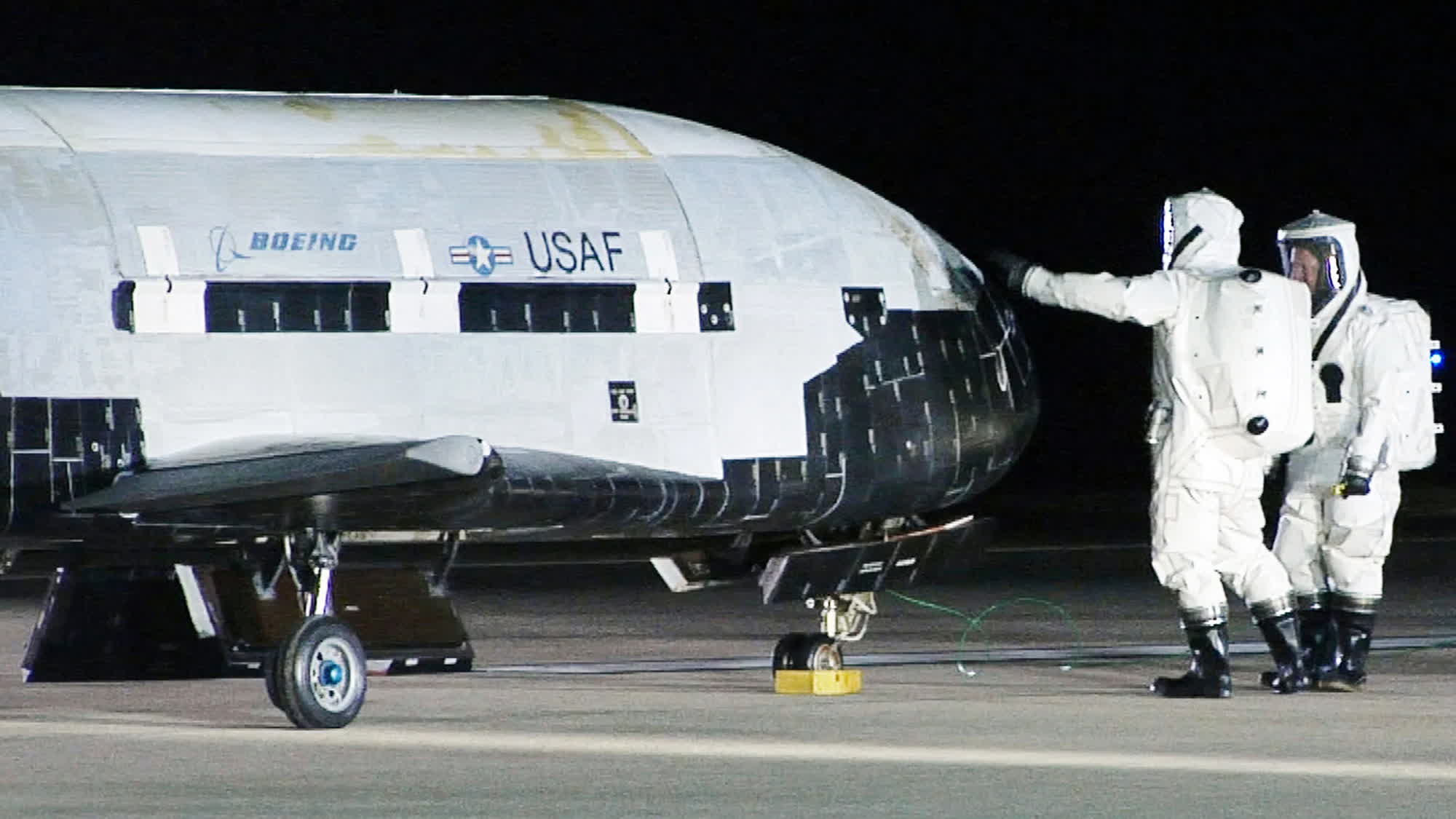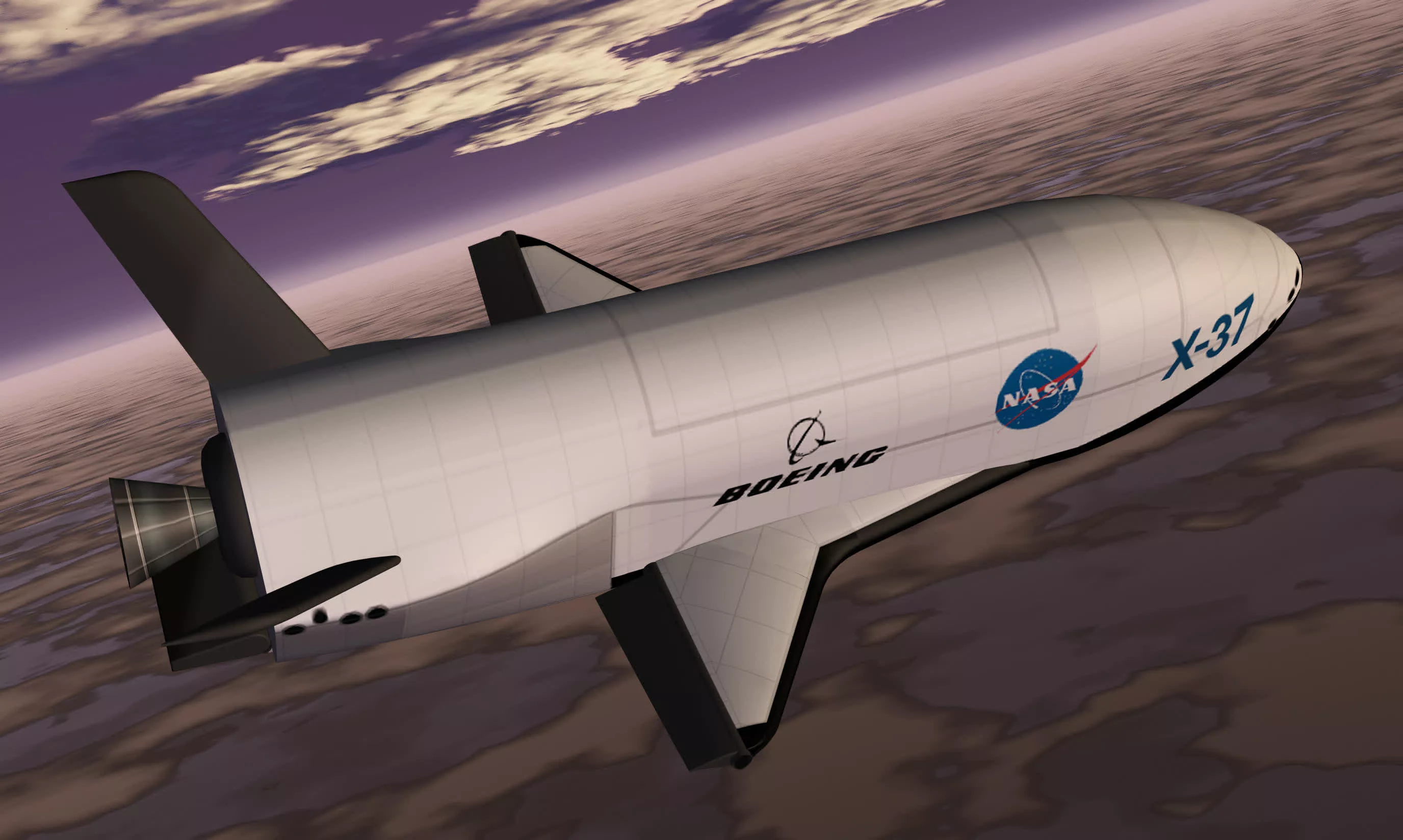In context: Boeing and NASA began developing the first Orbital Test Vehicles in the X-37 series in 1999, with the first X-37 drone entering service in 2010. Now managed by the US Air Force Space Command, the program offers a valuable platform for testing classified technologies and advanced military systems.
The US Space Force recently announced a significant development in the OTV-7 mission. The X-37B Orbital Test Vehicle will soon execute a series of aerobraking maneuvers, using Earth's atmospheric drag to adjust its orbit more efficiently. Officially, the goal of the test is to safely discard the X-37B's service module components, though the mission's true objectives may extend beyond this.
The OTV-7 mission began in December 2023, focusing on experiments related to the effects of space radiation. With the newly announced aerobraking maneuvers, the X-37B will be able to change its orbit with minimal fuel consumption. Once these maneuvers are complete, the spacecraft will revert to its primary experiments.
Air Force Secretary Frank Kendall emphasized that these tests are part of the Space Force's dedication to innovation and national security, which suggests that the Pentagon is revealing limited details about the OTV program's actual mission. General Chance Saltzman highlighted the aerobraking maneuvers as a key milestone for the US Space Force, reinforcing the country's technological and military supremacy in the increasingly competitive space domain.

The X-37 is a 29-foot reusable spacecraft resembling a miniature space shuttle, launched into orbit aboard a carrier rocket. This remotely-controlled drone can operate in high-altitude orbits ranging from 620 miles to over 22,210 miles above Earth's surface. Thanks to its onboard batteries and solar panels, it can remain in orbit for years at a time.
Boeing has proposed a scaled-up version, the X-37C, which would be designed to carry astronauts inside a pressurized compartment. However, the X-37B is the only variant that has been used for actual tests. In 2015, after completing three operational missions, the X-37B team received an award from the Space Foundation for advancing reusable spacecraft technology and orbital maneuvers.
According to analysts and former Air Force officials, the X-37 program, which is partially classified, offers the US a significant advantage in deploying military technology globally. The X-37B's ability to rapidly change orbits makes its trajectory unpredictable for adversaries. Some speculate that the Space Force may also be using the autonomous spacecraft to test top-secret surveillance technologies.
